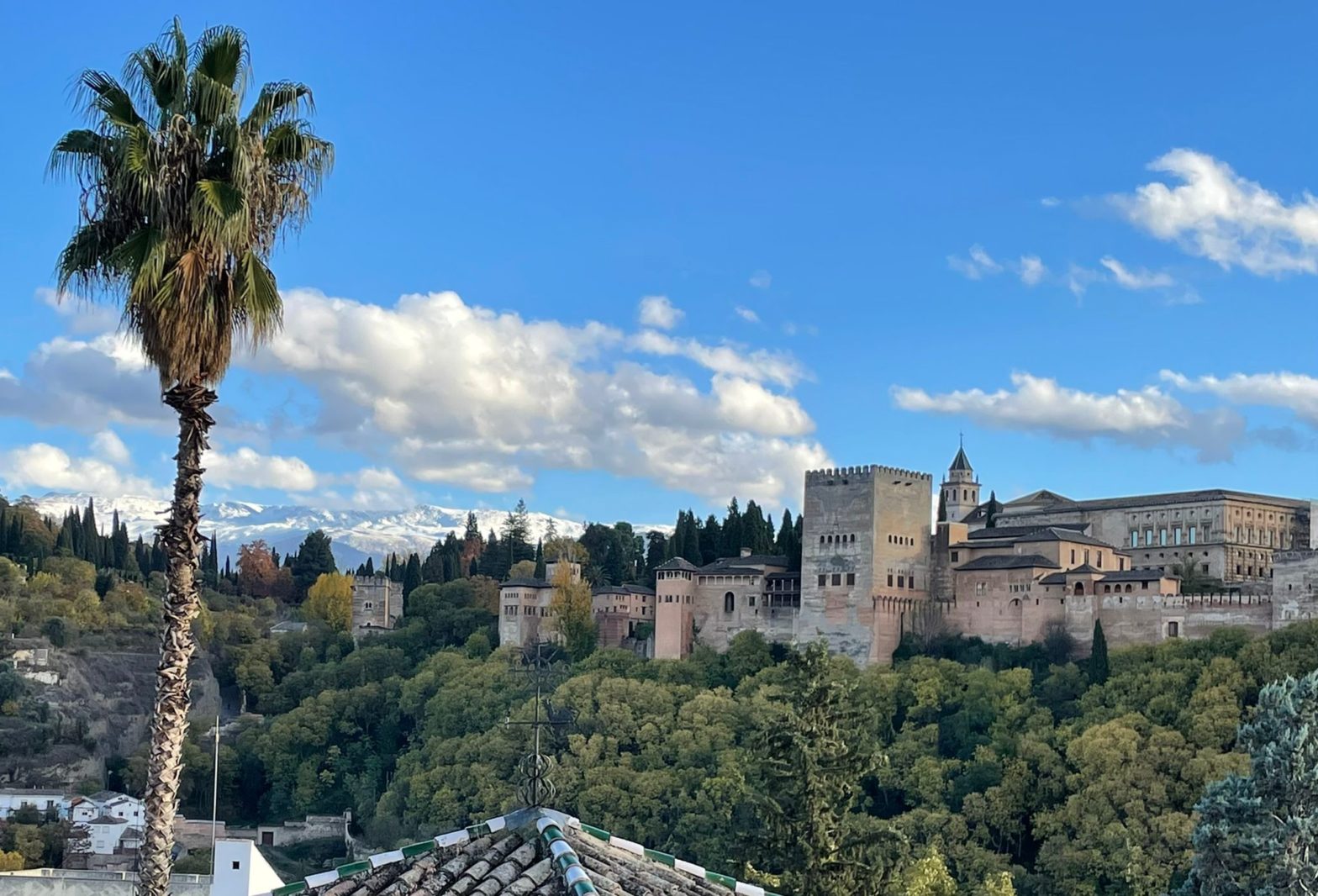A look at residential halls as a study-abroad living situation other than home-stays.
Before going abroad, I had heard nothing but oodles of praise for living with a family in a home-stay situation while studying abroad. I had heard how great it is for immersion and to get one-on-one support during your time abroad, and that most people have lasting bonds with their home-stay families long after they have returned to the United States. Naturally, this was my first choice.
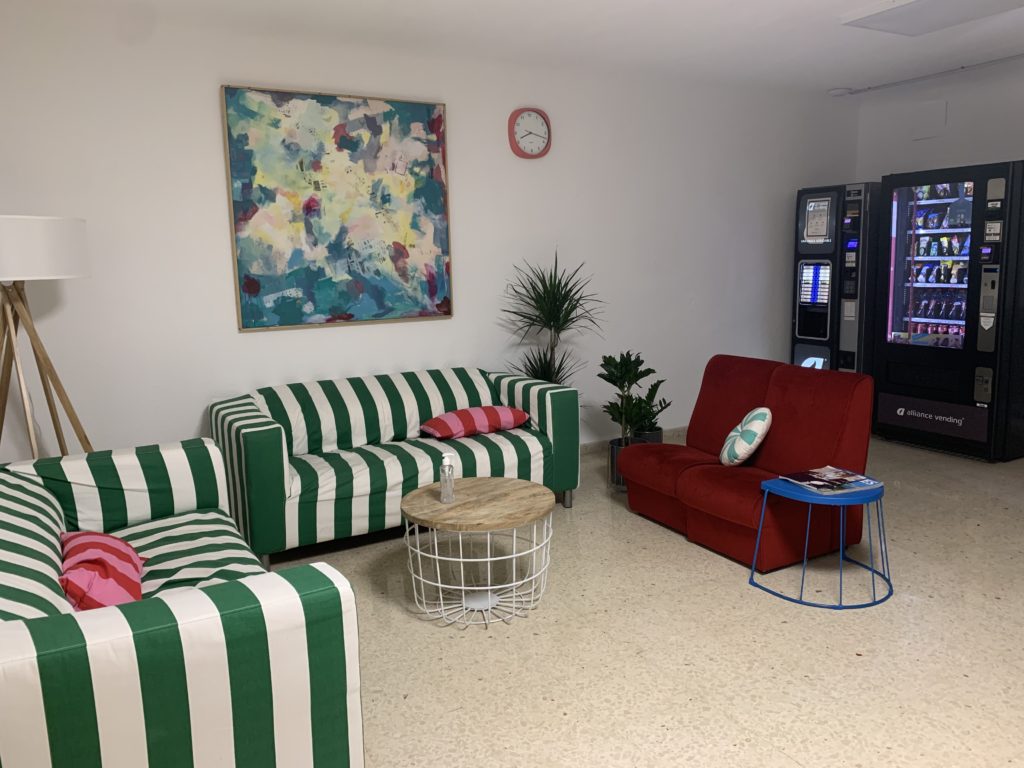
However, when it came time for my chance to study abroad, COVID-19 had changed conditions greatly and home-stays were not permitted in my region by my program, and living in a residential hall, or *residencia estudiantil*, was the only option.
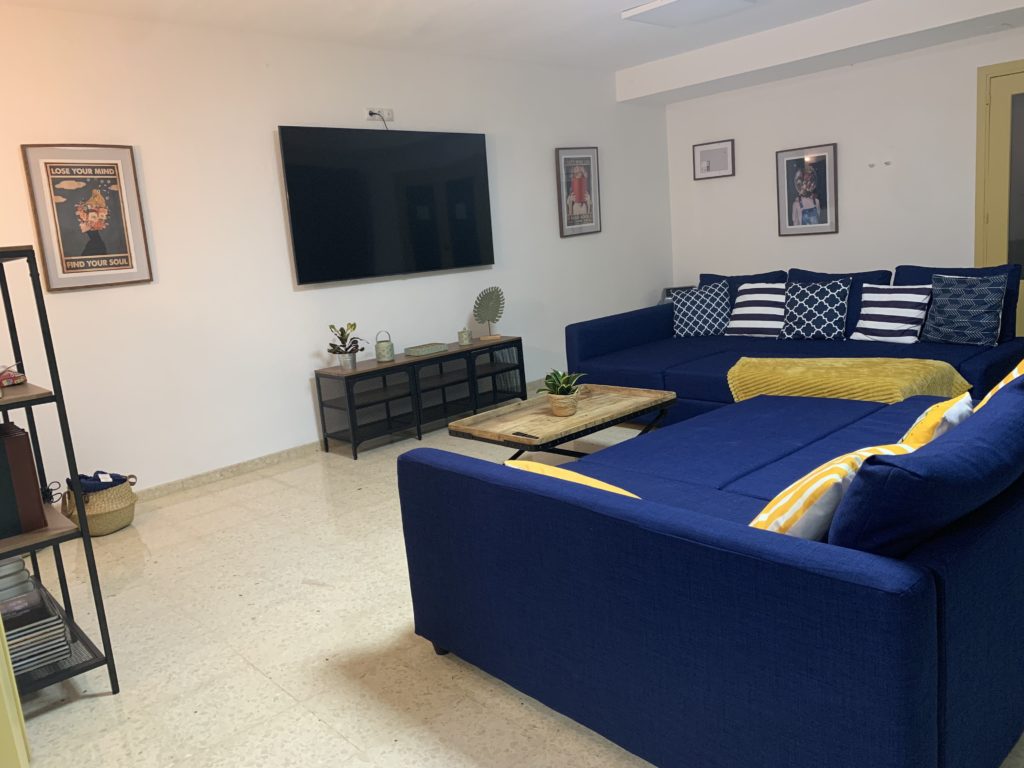
In Granada, because the University of Granada, or UGR for short, is home to nearly 60,000 students with faculty buildings spread throughout the city, the university does not own any student housing itself. Instead, residencias are privately owned, and students will rent out a room close to the faculty that corresponds with their career track. Each residencia is unique and have different amenities to offer.
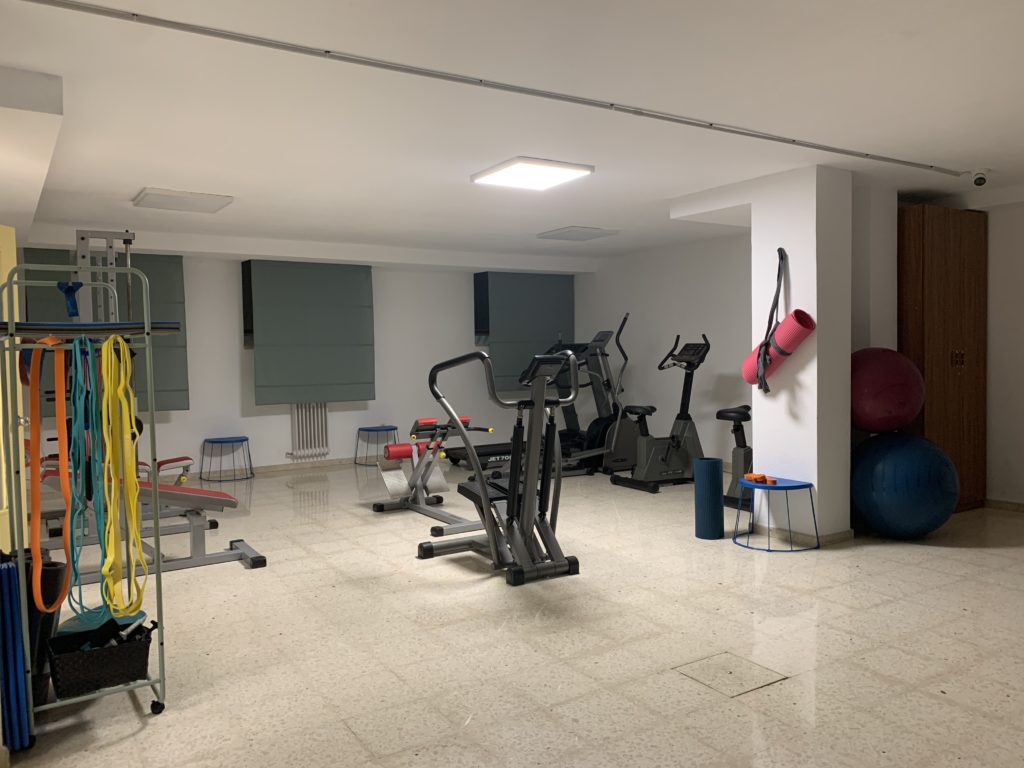
The students studying with IES Abroad Granada this semester were divided among 4 residencias in the city center in order to adhere to COVID protocol — having our own rooms in the case we need to isolate– and I was placed in Tribeca Residencia, a homey but modern residence just a 15 minute walk from our program center and just minutes away from the main strip in Granada along Calle de Los Reyes Católicos, a main street named after the catholic rulers King Fernando and Queen Isabel who were in power during the Spanish inquisition and Christopher Columbus’ voyage to the Americas. Tribeca is run by a brother and sister duo, Cristina and Federico, with occasional help from their extended families.
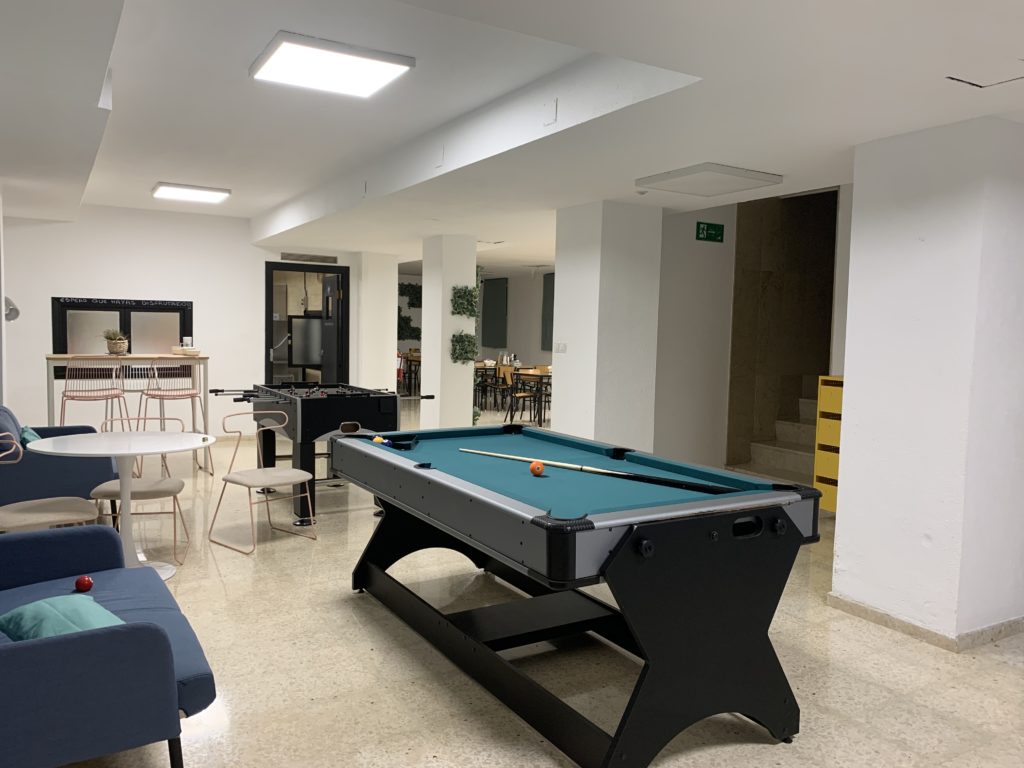
When we first arrived at Tribeca, the US students moved in about a week before the rest of the Spanish students (and our pair of Italian international students), so we had an adjustment period to settle in. Meanwhile, Tribeca was finishing up its renovations and modernization. Remember how I said that Tribeca was modern? It was so newly built, when we first arrived, we didn’t even have hot water in our showers, wifi, or lightbulbs! This made our adjustment period to living abroad pretty difficult at times, especially since the showers proved to be difficult to fix.
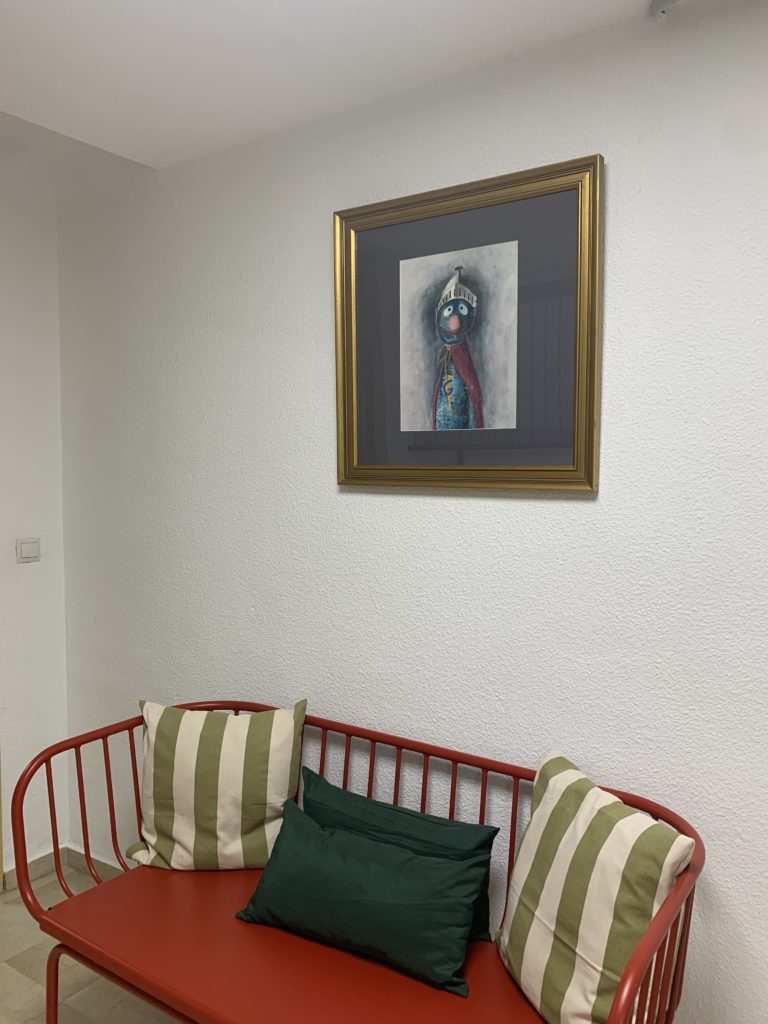
However, we’ve come a long way from the days of constant renovation. Things are almost all in working order now, and it’s only every once in a while that you see the occasional painter or plumber combing the halls. In all, it has been fun to see what new additions are made to the residence, like TVs one day or sofa couches and a PS5 the next, or a cool new painting on the wall as our residential hall becomes more like home with every passing day.
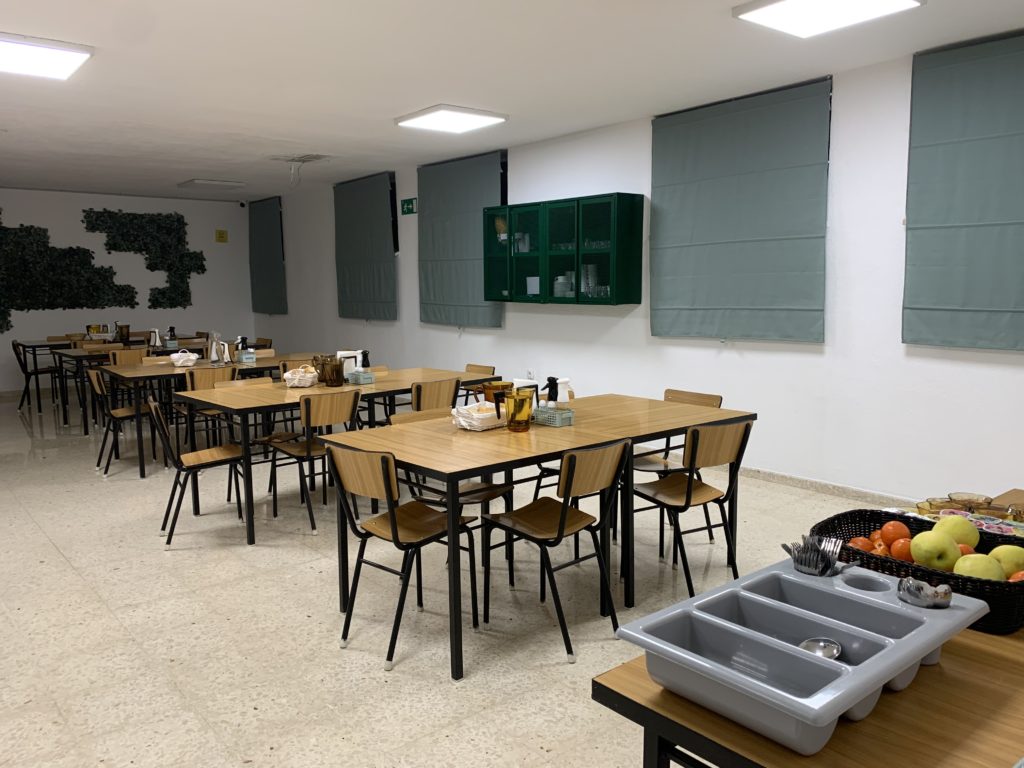
Because there is no university-owned housing, there isn’t a university dining hall either. Therefore, nearly all residential halls have their own dining hall in-house with a personal chef. Our position of chef has seen many changes since arriving, but our current and longest chef to date is named Javi, and makes excellent chocolate cake, omelets, and a wide variety of soups. Lunch and dinner are made fresh for us every day of the week, and a continental breakfast is served buffet style each morning. Each meal consists of an appetizer, such as vegetable soup or a salad, a main dish, and dessert, such as yogurt, fresh fruit, arroz con leche, a type of rice pudding with cinnamon, or his decadent chocolate cake.
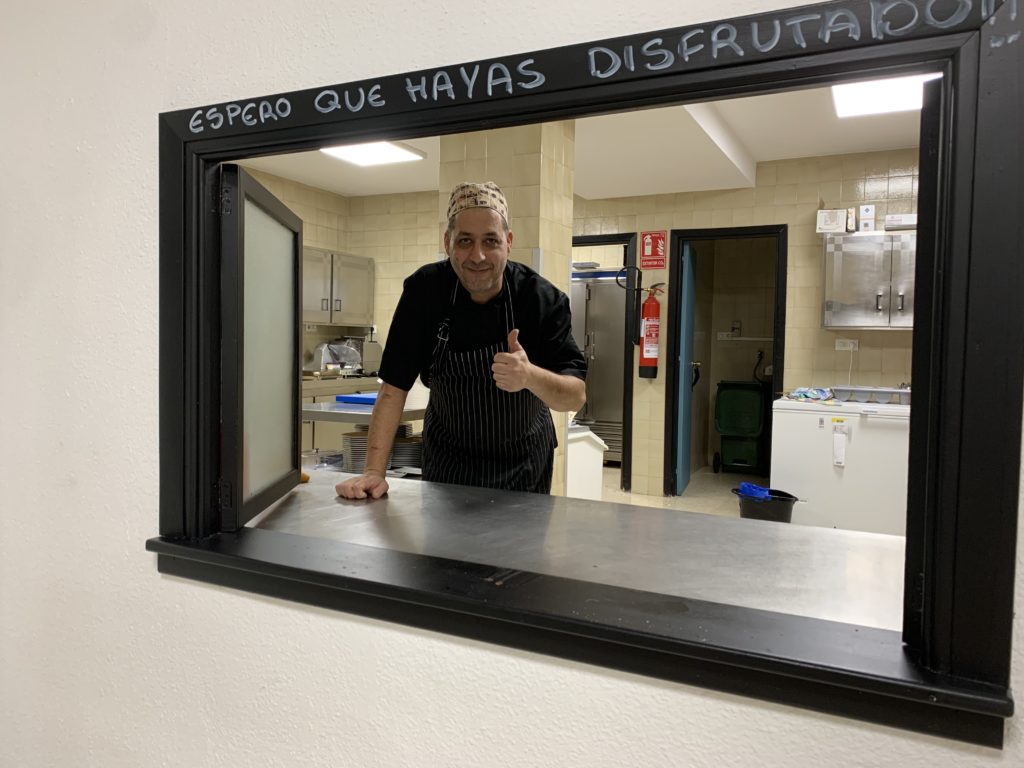
Another thing I have enjoyed about living in a residencia is that, like residential halls in the United States, residencias have a budget for extra activities (keep in mind that not every residencia is the same, and since they are privately run you can get a wide range of possibilities). With that being said, I am fortunate to live in Tribeca, where Cristina, one of the individuals in charge, values hosting events to encourage the students to have fun and get to know each other. We have personal training exercise classes every Friday morning in small groups, conversation classes in English and in Spanish for learners of each language to encourage conversation between international and Spanish students, and yoga on Sunday afternoons. Every birthday is celebrated with balloons, decorations, and cake of some sort for everyone followed by singing. She also values the sharing of cultures between US. Even though it isn’t a very big tradition here, she put on a Halloween party with spooky themed food, and is helping us Americans put on a Thanksgiving dinner this Friday for the whole residence, and has bought all the ingredients we have told her we will need when she helps us cook in the kitchen.
One of my favorite things about living in a residencia has been meeting many new friends my age, just like living in a US residence hall. This has been a blessing in disguise, because if I were not forced to live in a residential hall due to the pandemic, I likely would not have had this much exposure to making friends with spanish locals my age. It has been really awesome to get to know the spanish students to tell each other about our lives, our cultures, and correct each others language speaking skills. I am so grateful that I have been able to experience the sense of belonging, form strong bonds, and be immersed in the language and culture despite not being able to live in a home-stay, and I love living in Tribeca so much I’ll be staying here for the rest of my year-long study abroad experience!



- 972949914684335,22.054100170631333,38.972949914684335 ↩


